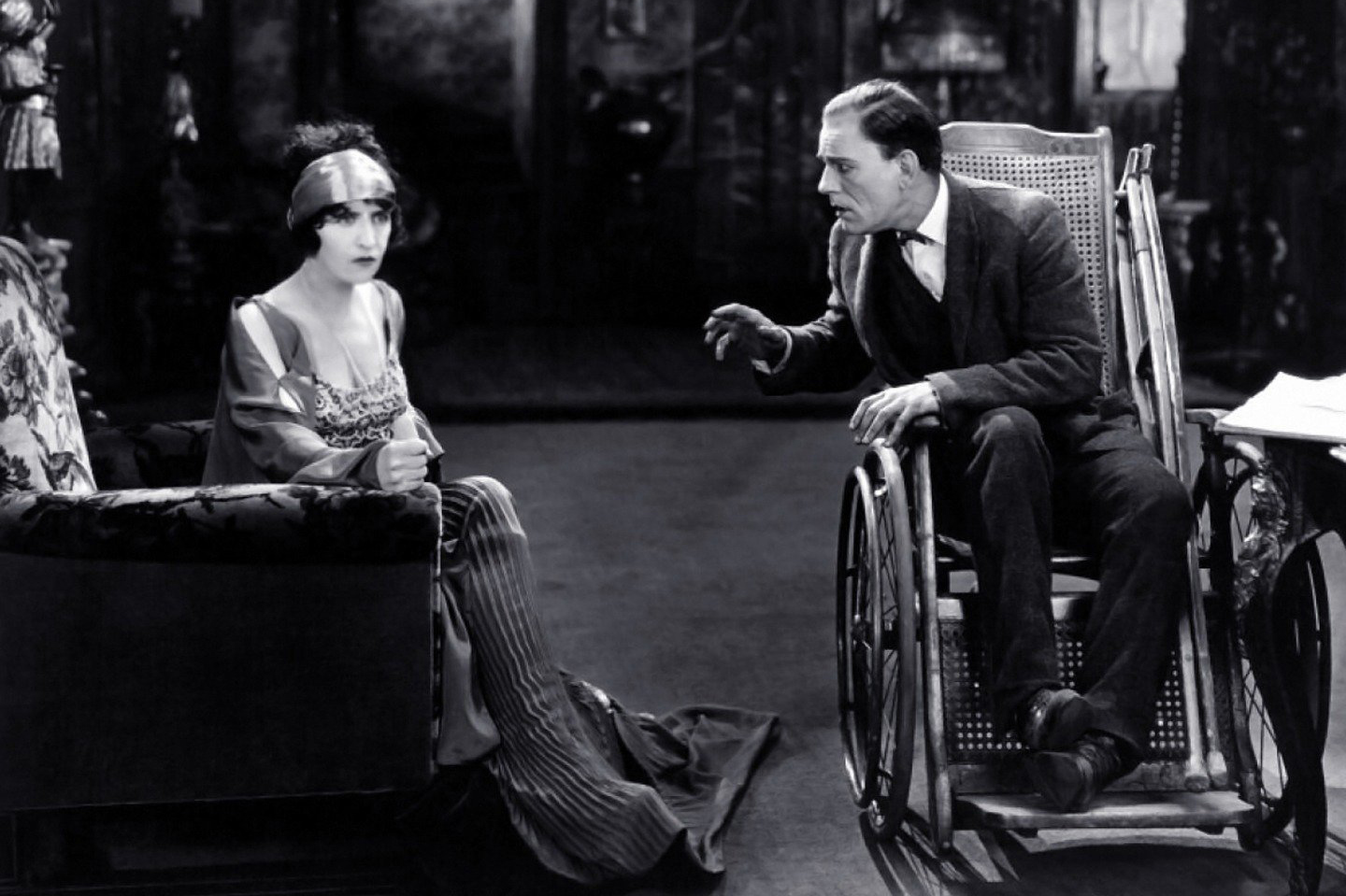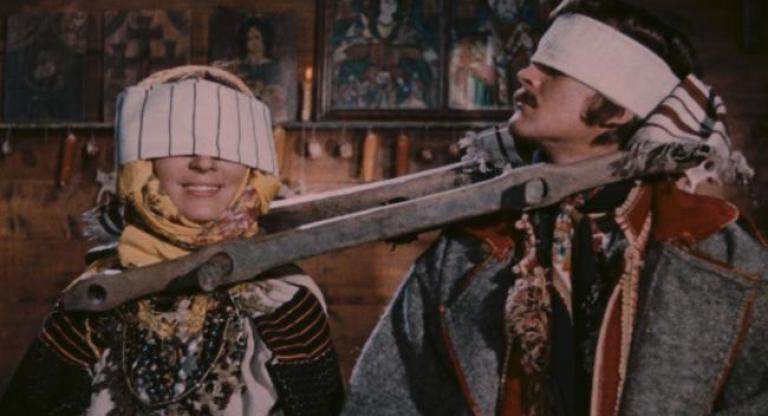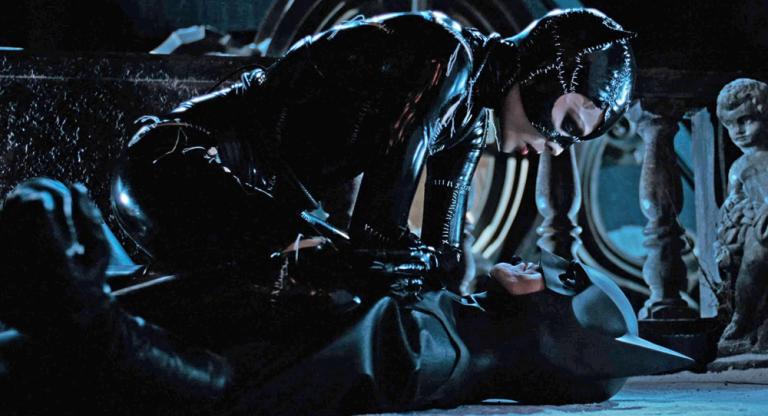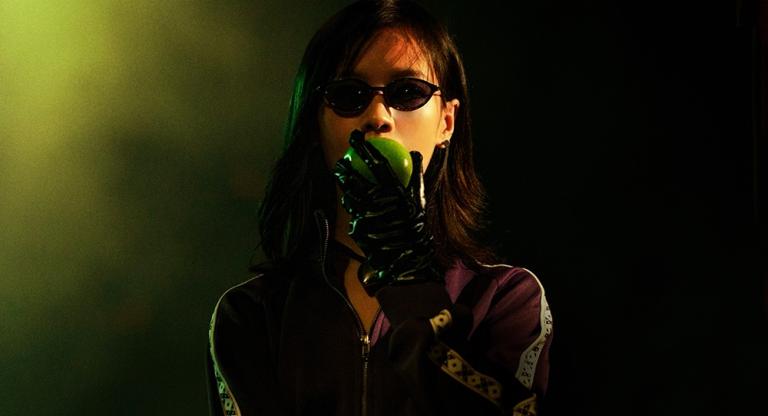The Indiana-born filmmaker Lambert Hillyer remains best known for his 1943 Batman serial, which inspired the later Adam West series in the 1960s. Although the Caped Crusader no longer resembles his cinematic origins as a birdbrained vigilante with an all-American agenda—Hillyer’s serial is a propaganda piece in which Batman and Robin fight an evil Japanese scientist in the fallout of the Pearl Harbor attack—the serial remains important for jump-starting Batman’s career on the silver screen and situating the detective-cum-superhero within a noirish milieu. But, because noir often refers to a style of filmmaking that became popular in the aftermath of World War II, it would be more appropriate to state that Hillyer anticipated the provocations associated with the style in Batman, as well as the numerous B-movies he made before said serial became a box office hit.
The Shock (1923) is one of such productions. Set in San Francisco’s Chinatown—a place the film describes as a site of “crime,” “fear,” “hate,” and “mystery” in its opening intertitle—Hillyer’s film revolves around a gang of ruffians and their attempts to blackmail a suburban banker. Based on a magazine story by William Dudley Pelley, a known American fascist involved in the co-founding of the paramilitary group The Silver Legion of America, The Shock harbors an acute sense of fear over the goings-on of non-white communities in the United States. Although Hillyer’s politics were not as extreme and rightward as Pelley’s, the latter’s paranoia about Asian immigrants in the US, as well as his woo-woo spiritual beliefs, suffuse The Shock. Throughout, a pervasive fear about the ill plans of a Chinatown-based crime syndicate propel the plot forward, and constant appeals to God and The Bible resolve any dangers or dilemmas that beset the film’s downtrodden protagonist.
In fact, most interesting amid this web of delusions is the film’s protagonist, a disabled man played by Lon Chaney. Now recognized for his extensive repertoire of tortured types (The Hunchback of Notre Dame, The Phantom of the Opera, et cetera), Chaney’s turn here predates many of his most famous roles. As a disabled man “caught between the woman he loves and the woman he fears,” Chaney’s Wilse Dilling offers the silver screen a perfect Lacanian specimen: a castrated man in a constant state of shock, torn between newfound desire and age-old apprehensions. Hillyer presents Dilling as a naïve and vulnerable social reject, incapable of trading his scowl for a smile. Taken advantage of due to his weak condition and haunted by crime life in Chinatown, Dilling reflects a certain fascist identification with victimhood—an irrational belief that the world is out to get white men who are desperate to trade urban squalor for suburban bliss. The film’s final act, in which Dilling’s prayers summon an earthquake that destroys Chinatown and leads him to reunite with the beatific Gertrude Hadley (Virginia Valli) on San Francisco’s outskirts, stands as proof.
The Shock screens on Saturday, April 12, at the Niles Film Museum. It will be accompanied by a live piano accompaniment from Bruce Loeb and preceded by two short films: A Trip Down Market Street on 35mm and The Destruction of San Francisco.




